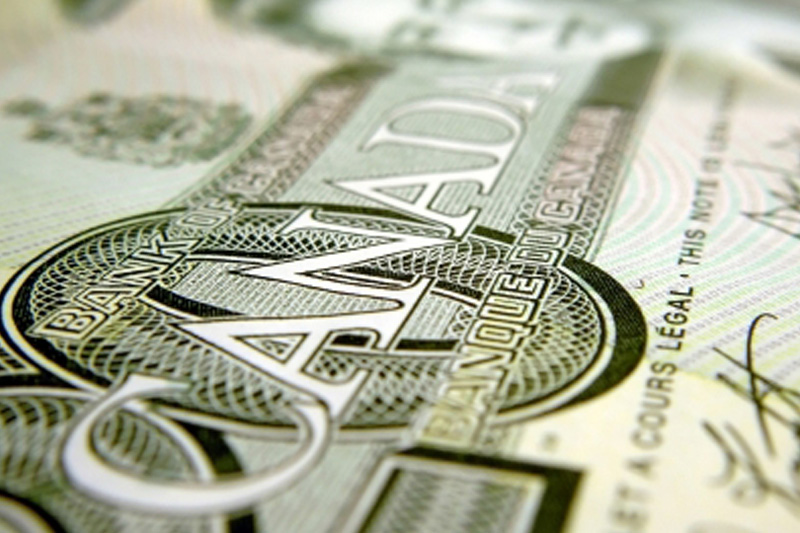Investing.com - The U.S. dollar pared gains against its Canadian counterpart on Friday, pulling back from a fresh five-year peak after a disappointing U.S. producer price inflation report, although Thursday's strong U.S. economic data still lent support.
USD/CAD pulled away from 1.1590, the pair's highest since July 2009, to hit 1.1548 during early U.S. trade, still up 0.21%.
The pair was likely to find support at 1.1443, Thursday's low and resistance at 1.1724.
The U.S. Department of Labor reported that producer price inflation fell 0.2% last month, compared to expectations for a 0.1% downtick, after a 0.2% rise in October.
Core producer price inflation, which excludes food, energy and trade, was flat in November, confoundinx expectations for a 0.1% rise, after an increase of 0.4% the previous month.
But the dollar still remained supported after strong retail sales numbers on Thursday boosted expectations for the Federal Reserve to hike interest rates earlier in 2015 than once anticipated, possibly in the middle of the year.
The U.S. Commerce Department said that retail sales increased by 0.7% last month, beating expectations for a gain of 0.4%, while core retail sales, which exclude automobile sales, advanced by 0.5% in November, easily surpassing forecasts for a 0.1% increase.
In addition, the U.S. Department of Labor reported on Thursday that the number of individuals filing for initial jobless benefits in the week ending December 6 decreased by 3,000 to 294,000 from the previous week’s total of 297,000.
The loonie was lower against the euro, with EUR/CAD climbing 0.75% to 1.4402.
In the euro zone, data earlier showed that industrial production rose 0.1% in October, in line with expectations, after a 0.5% increase in September, whose figure was revised from a previously estimated 0.6% gain.
Year-on-year, the bloc's industrial production increased 0.7% in October, compared to expectations for a 0.5% rise, after a revised 0.2% uptick in September.
Later in the day, the U.S. was to release a preliminary report on consumer sentiment.
